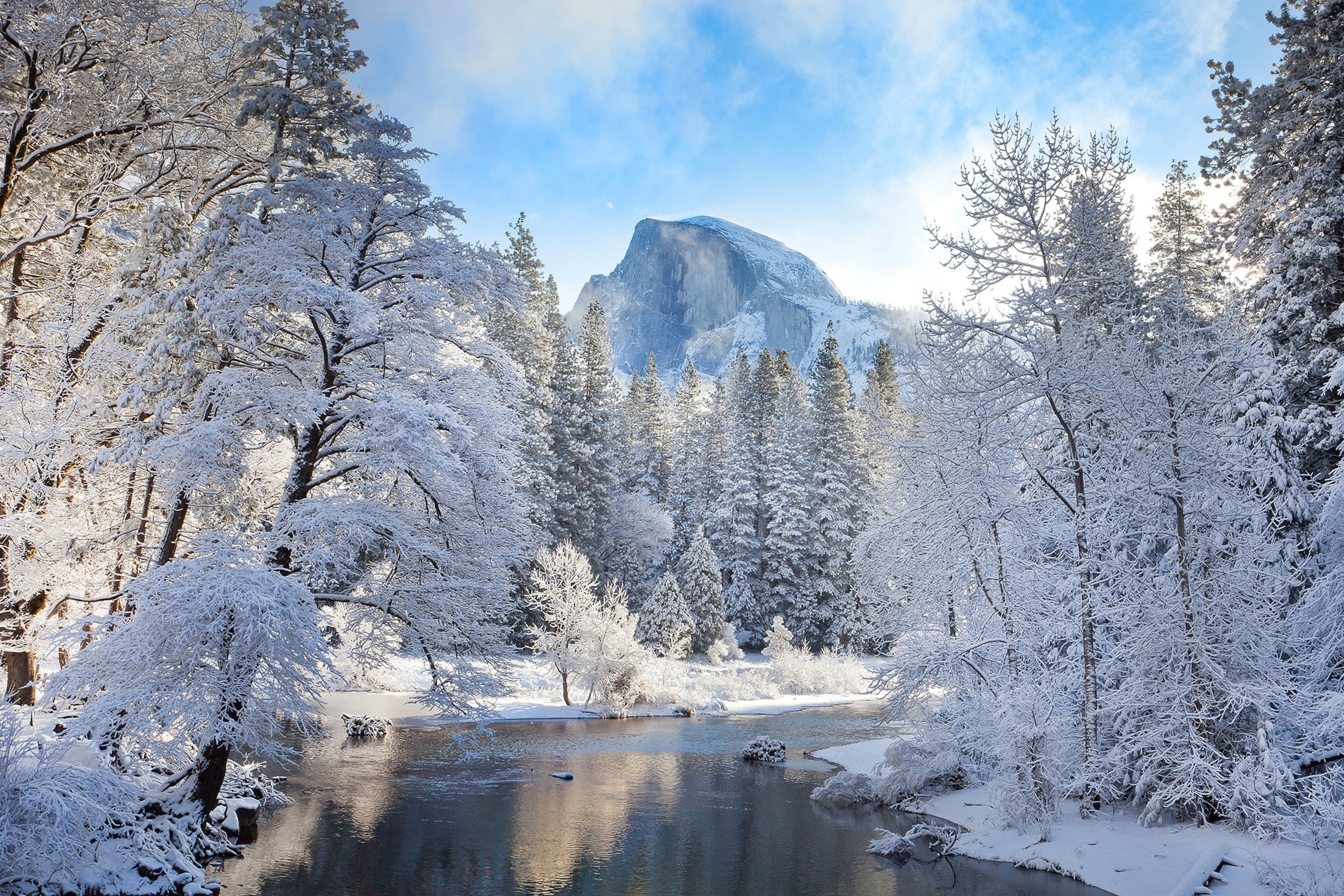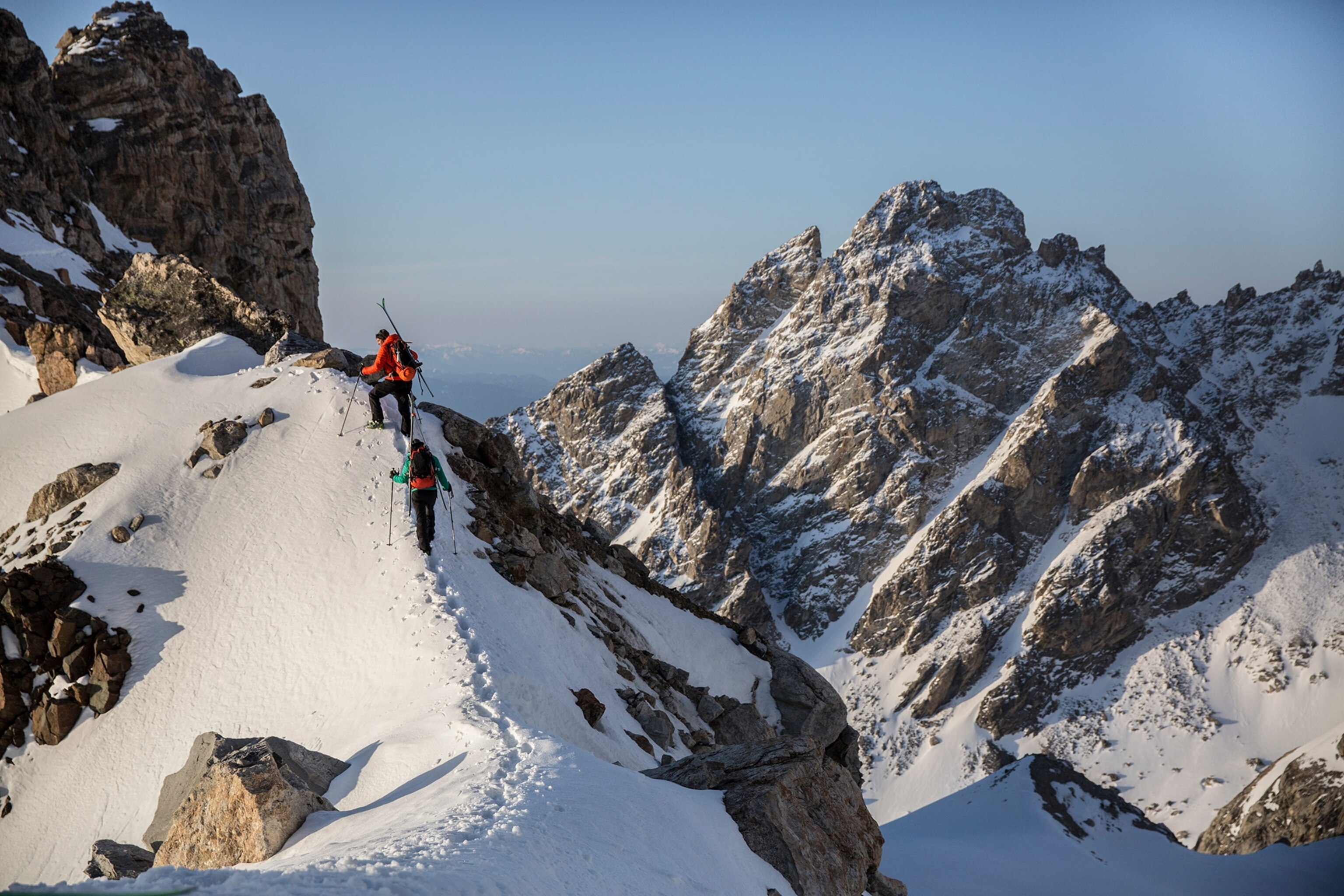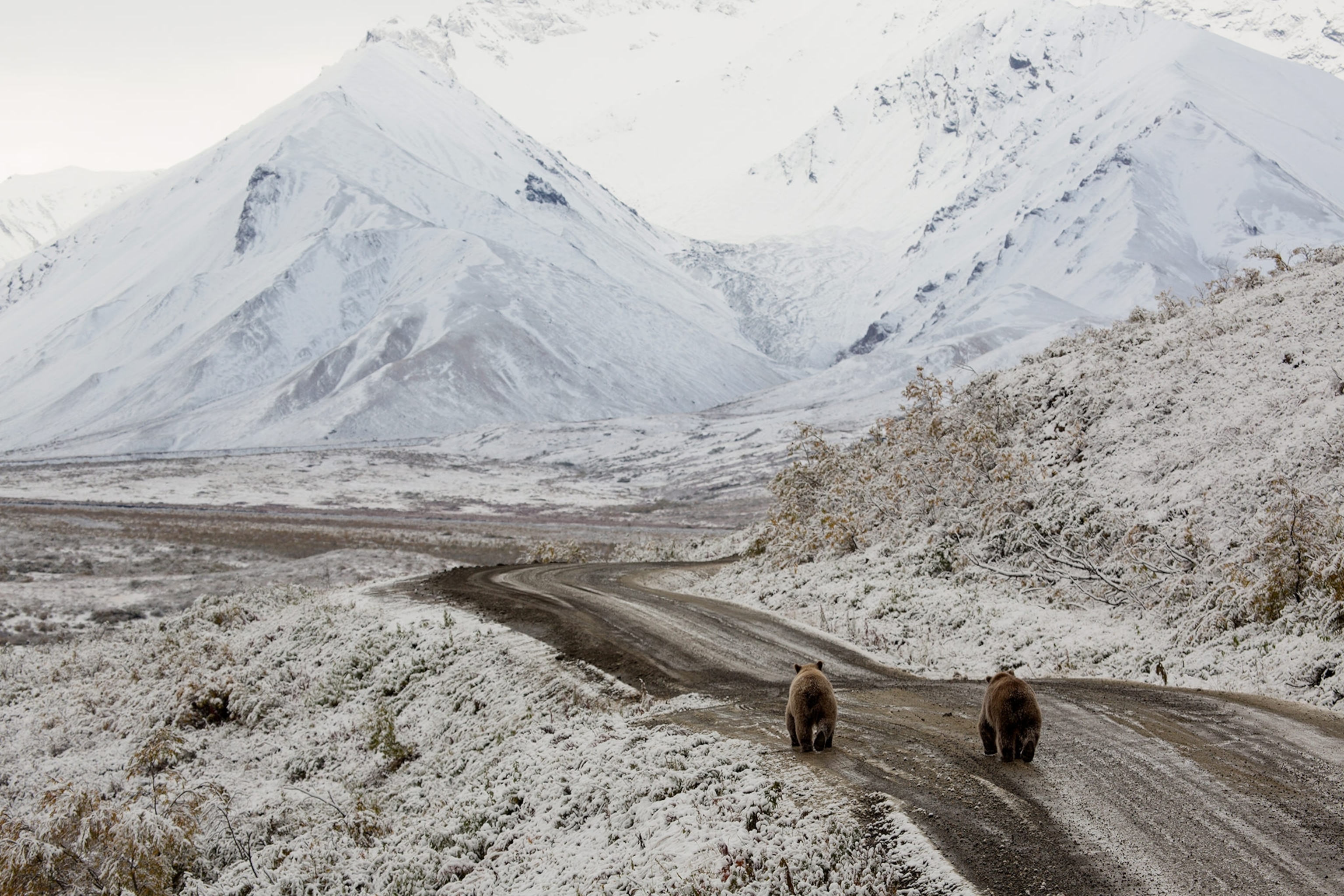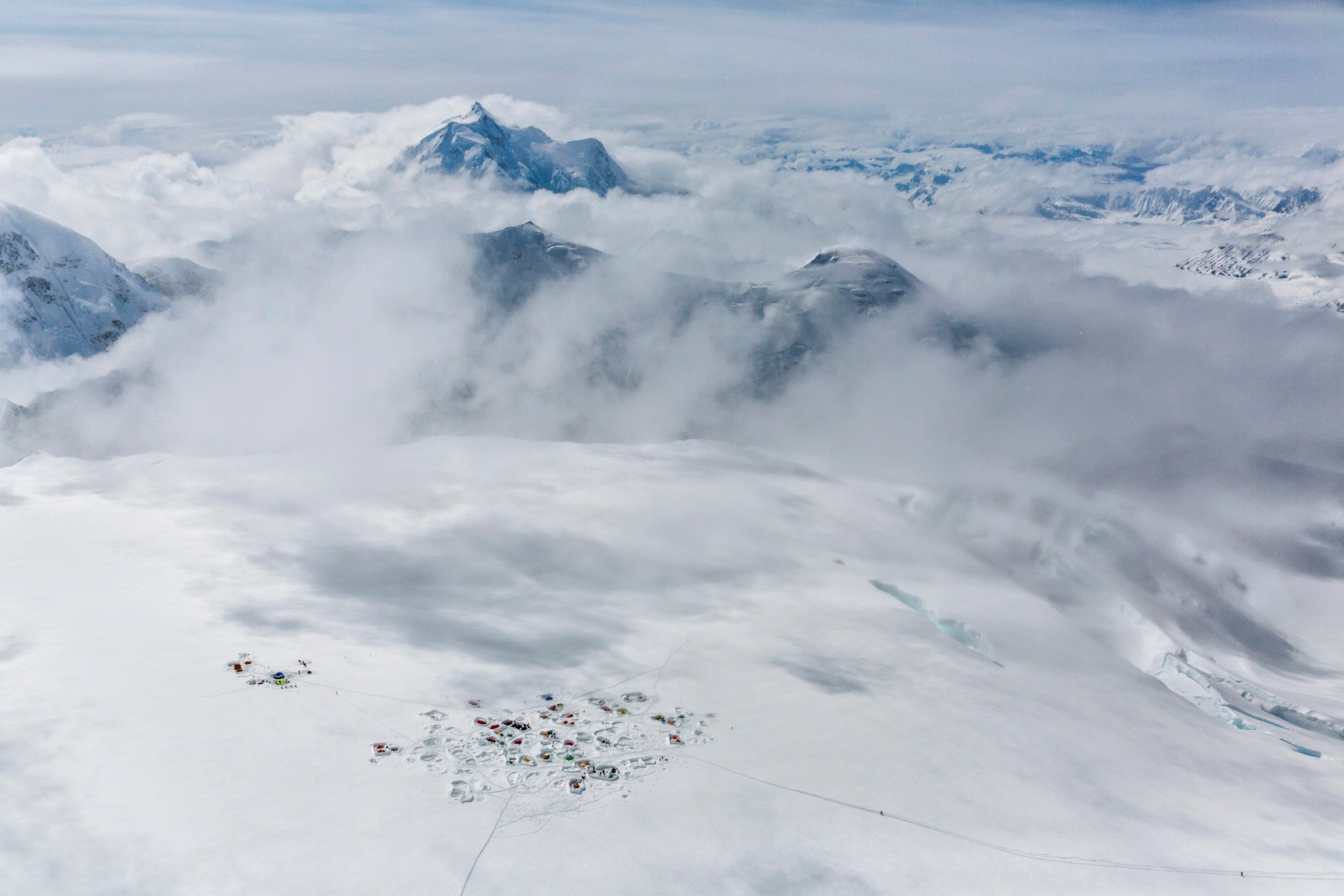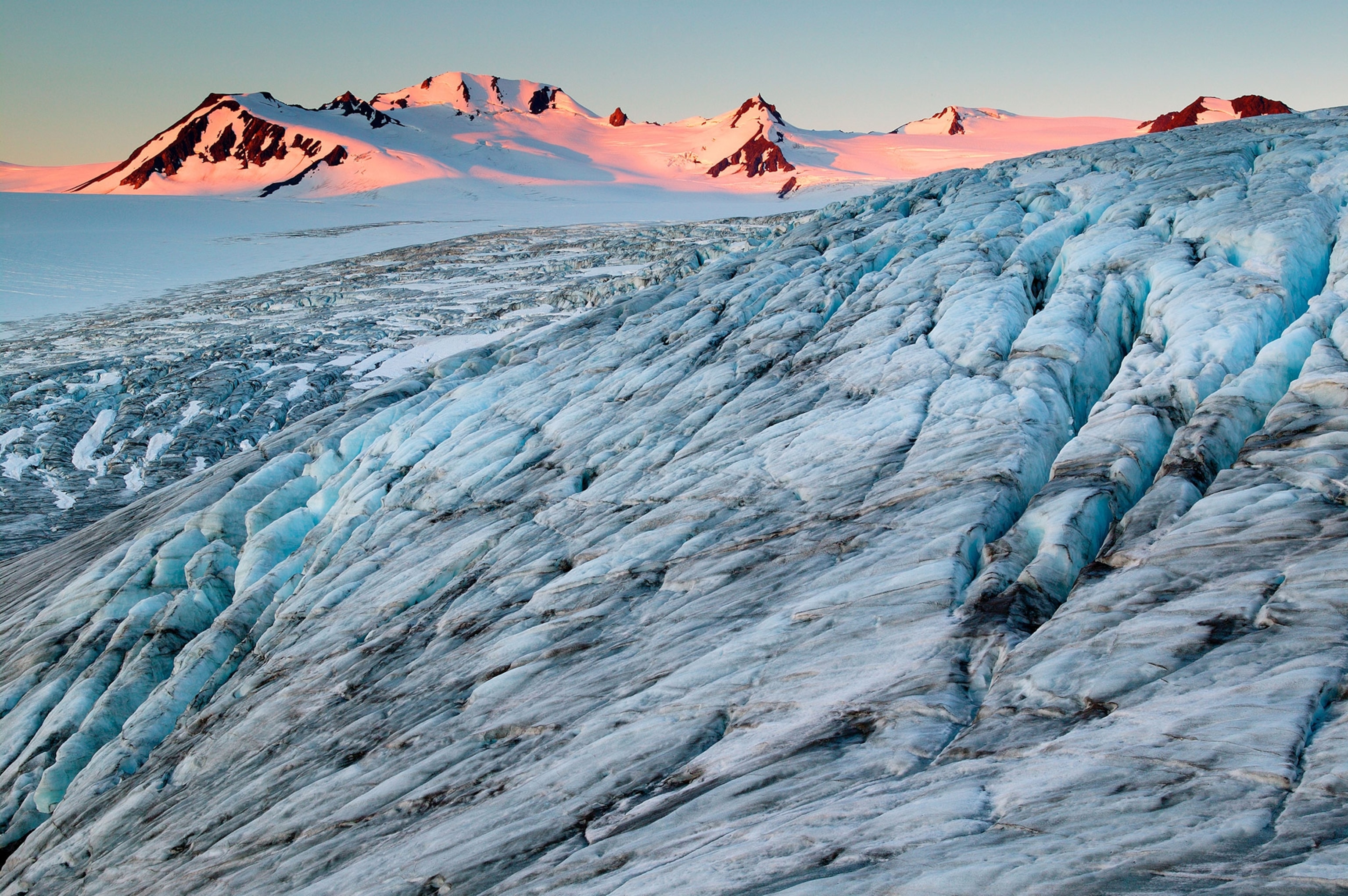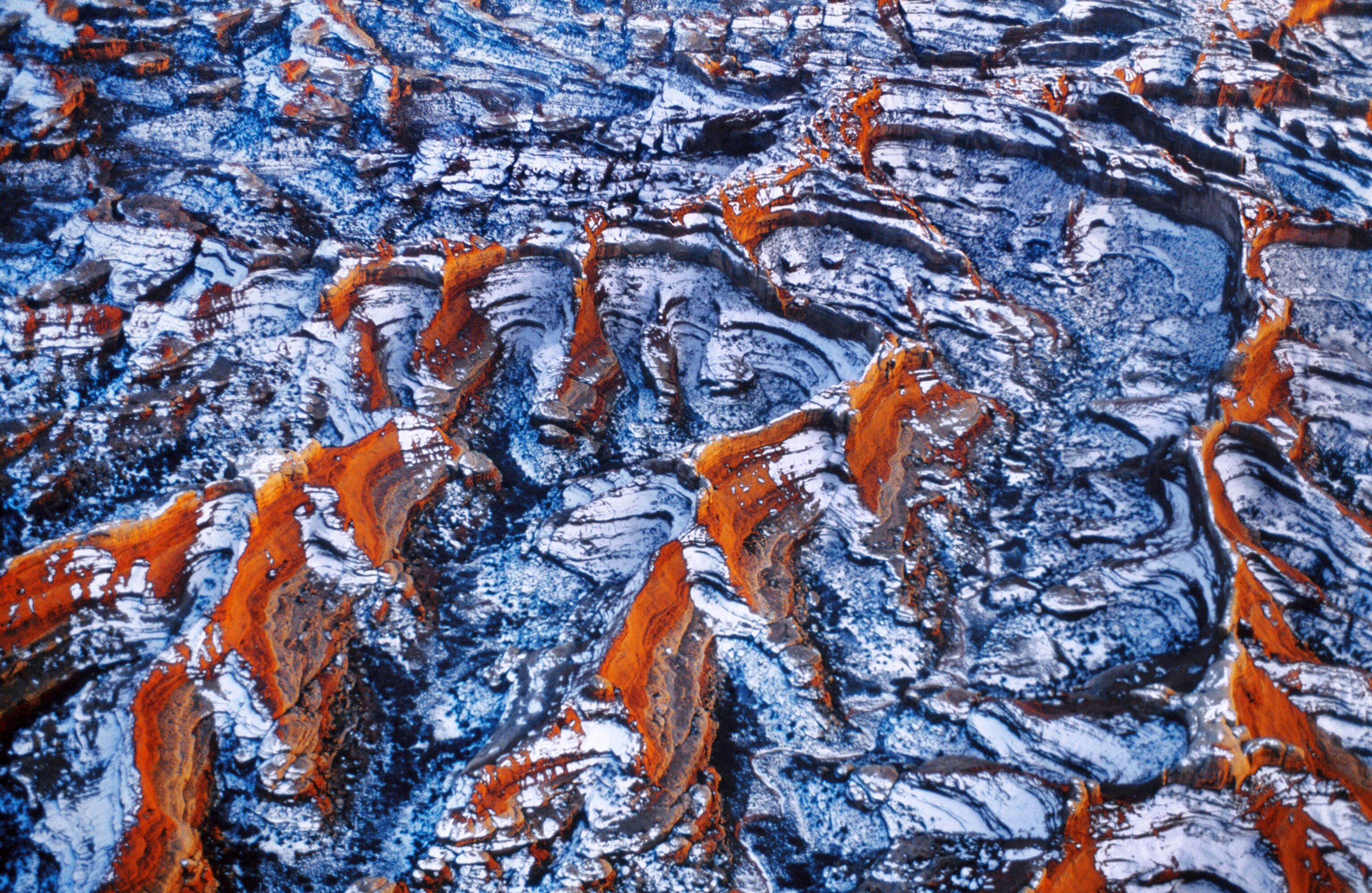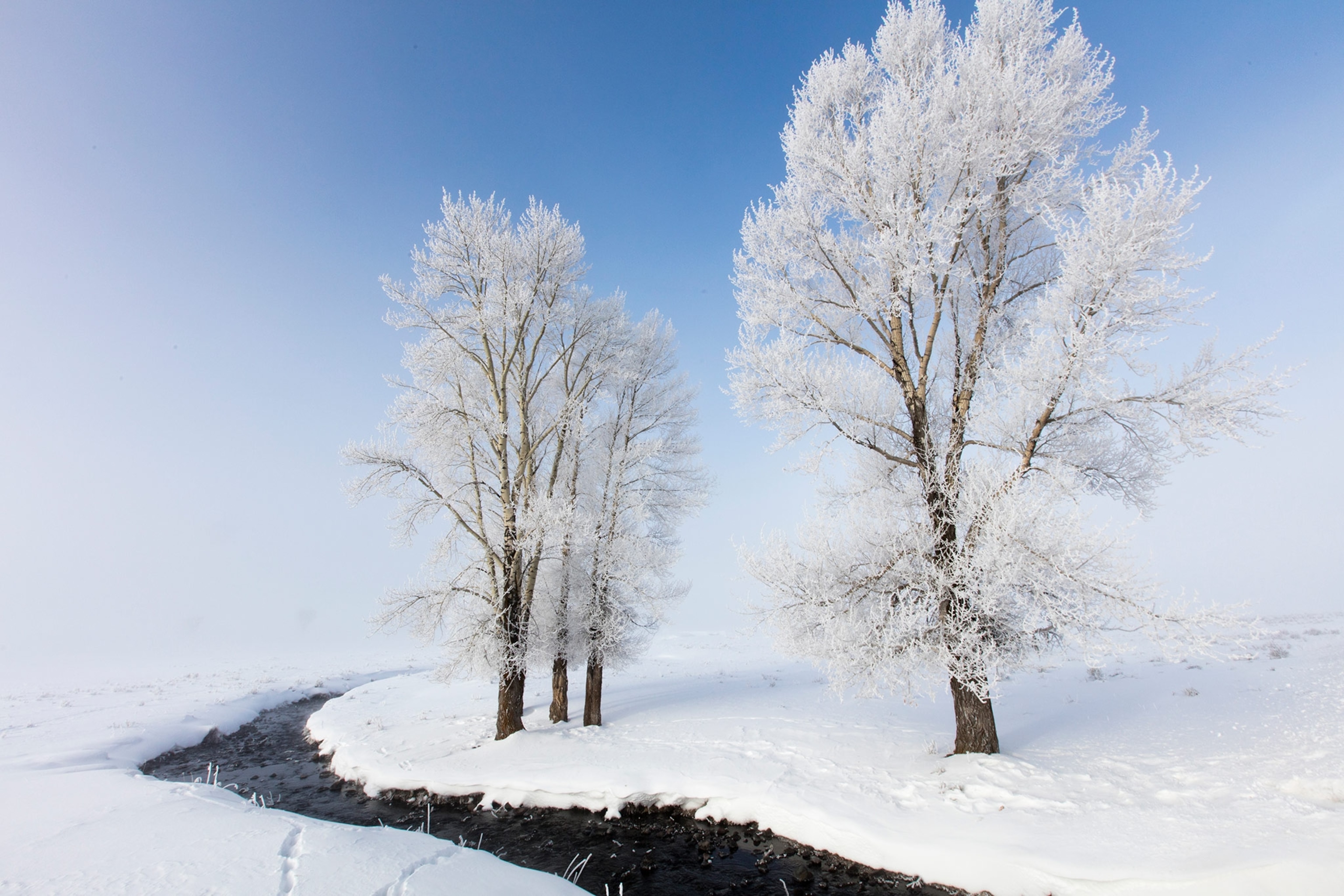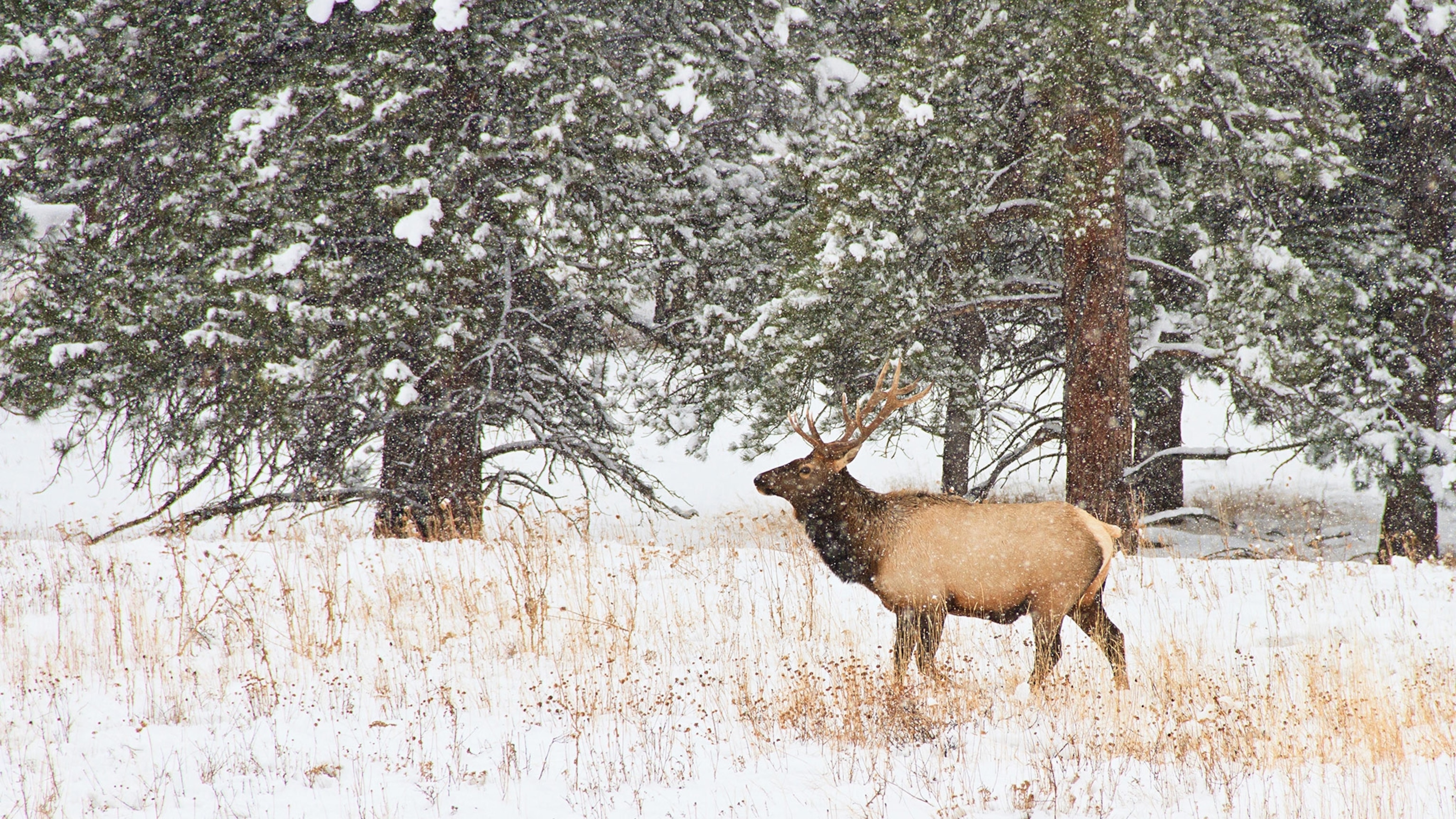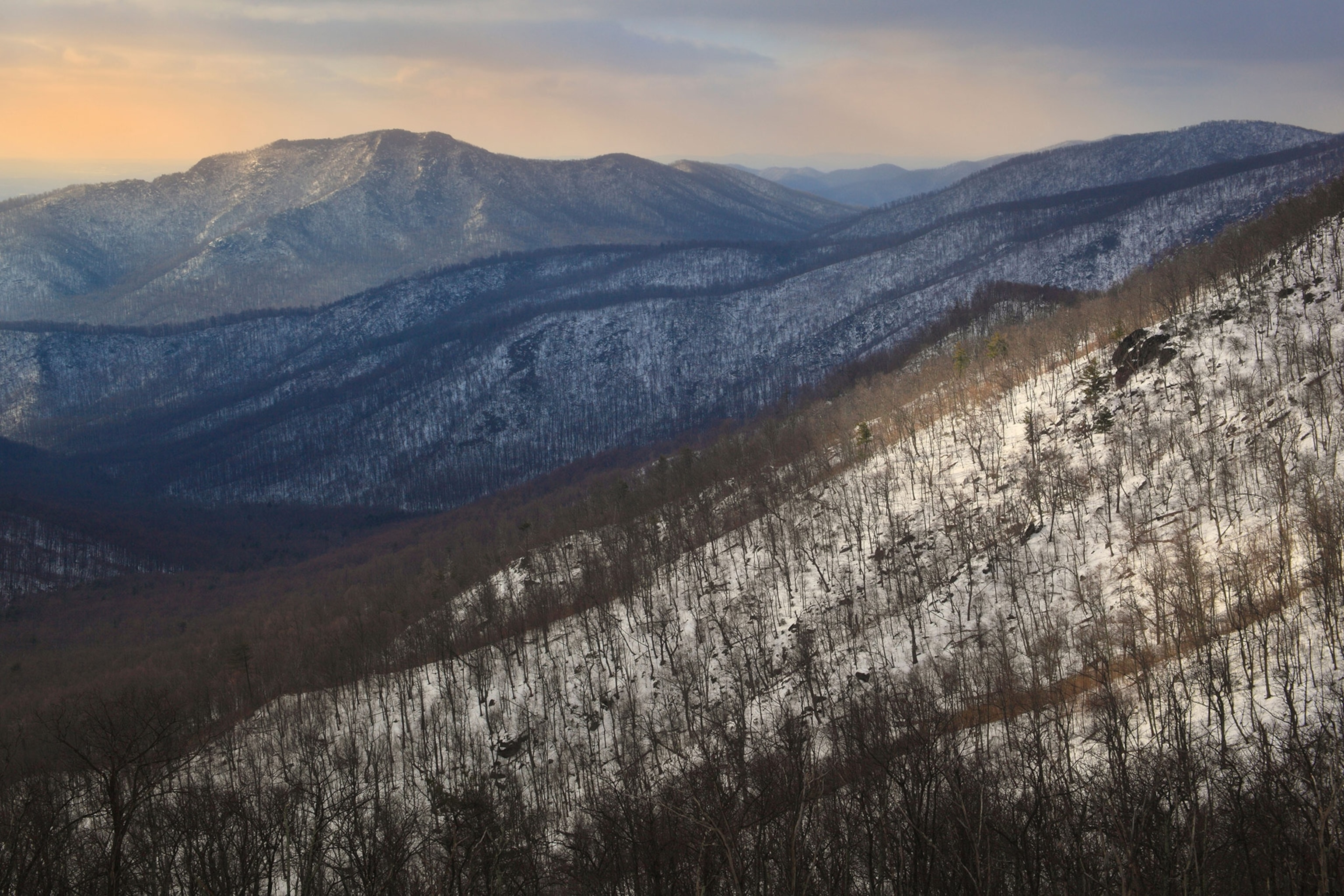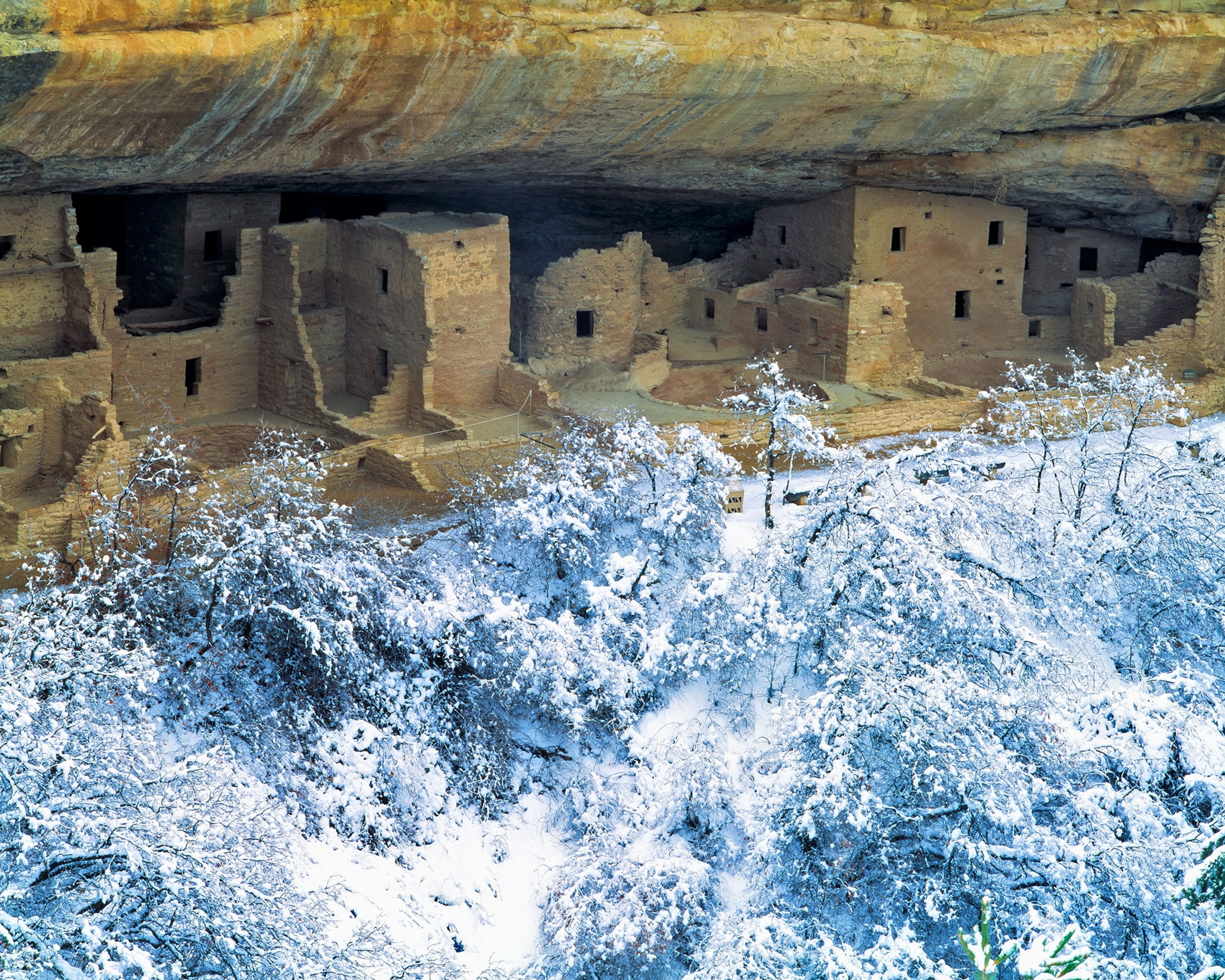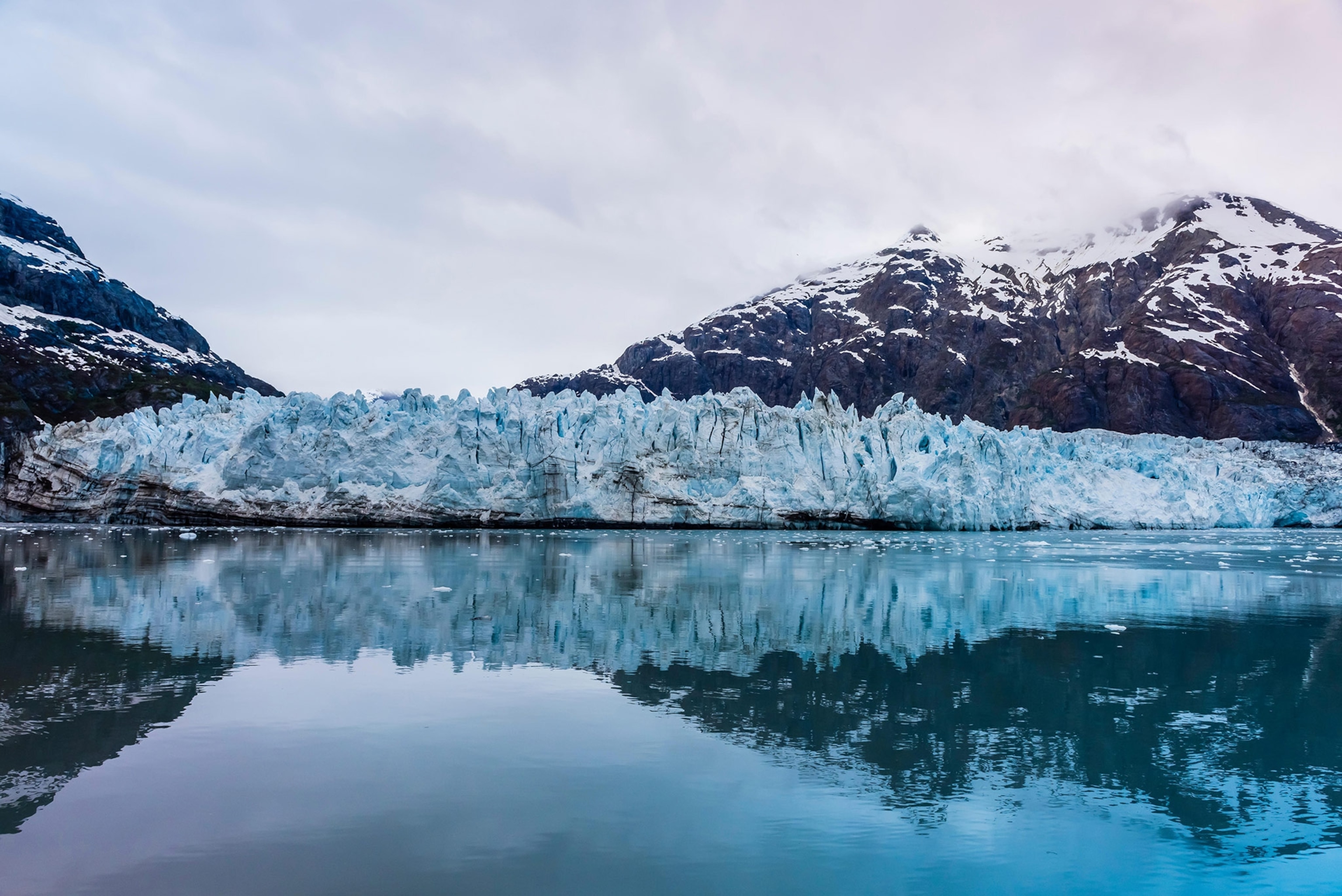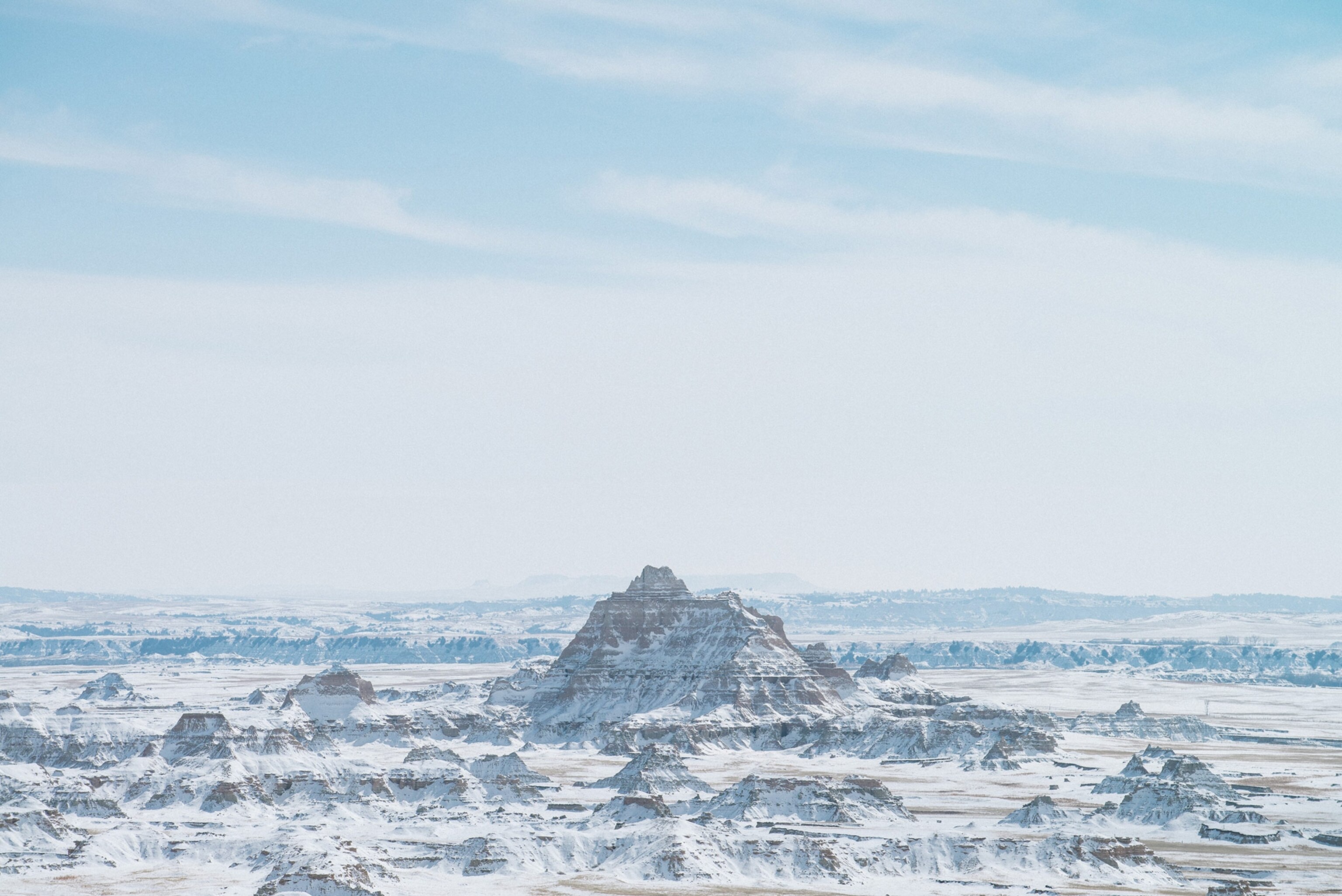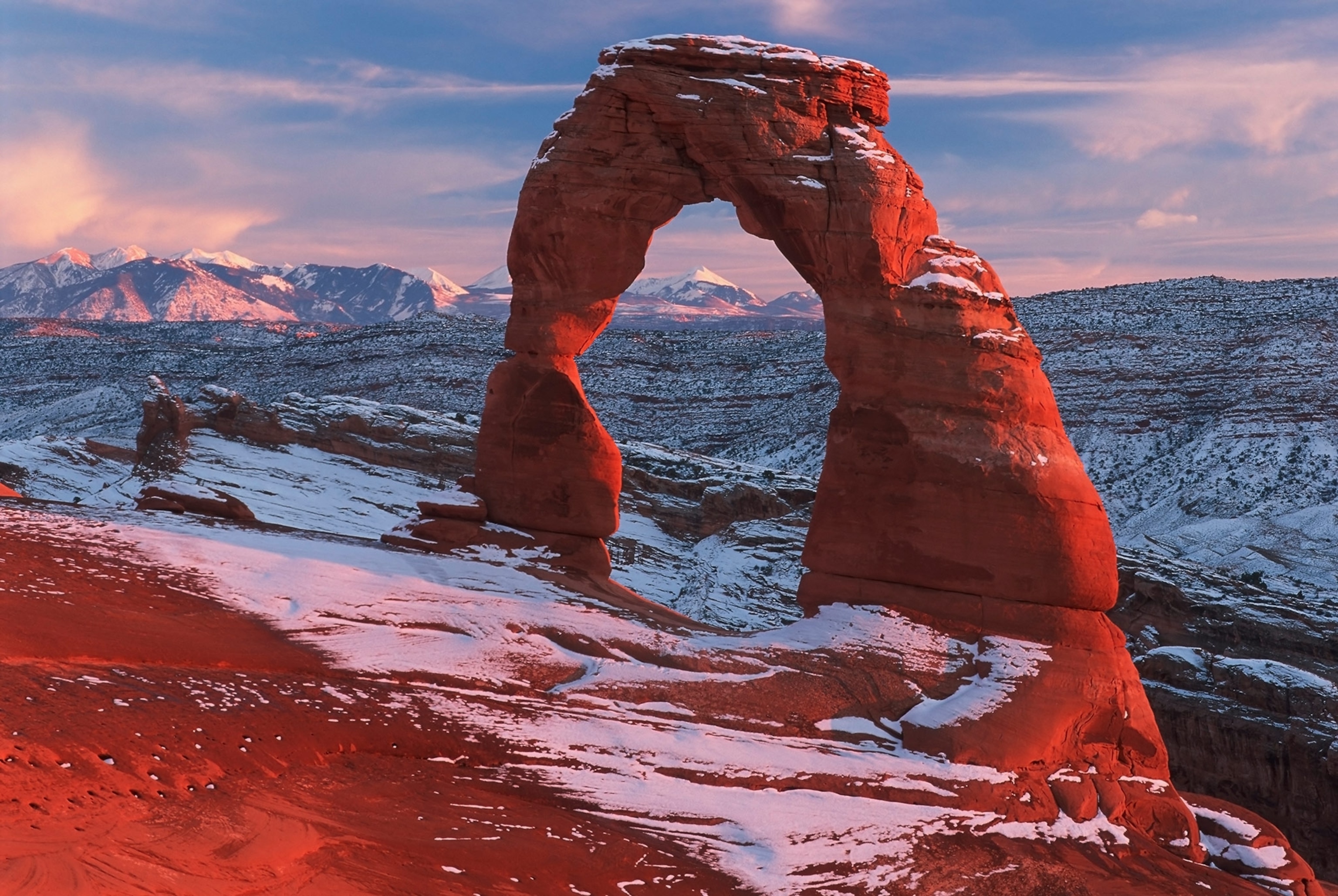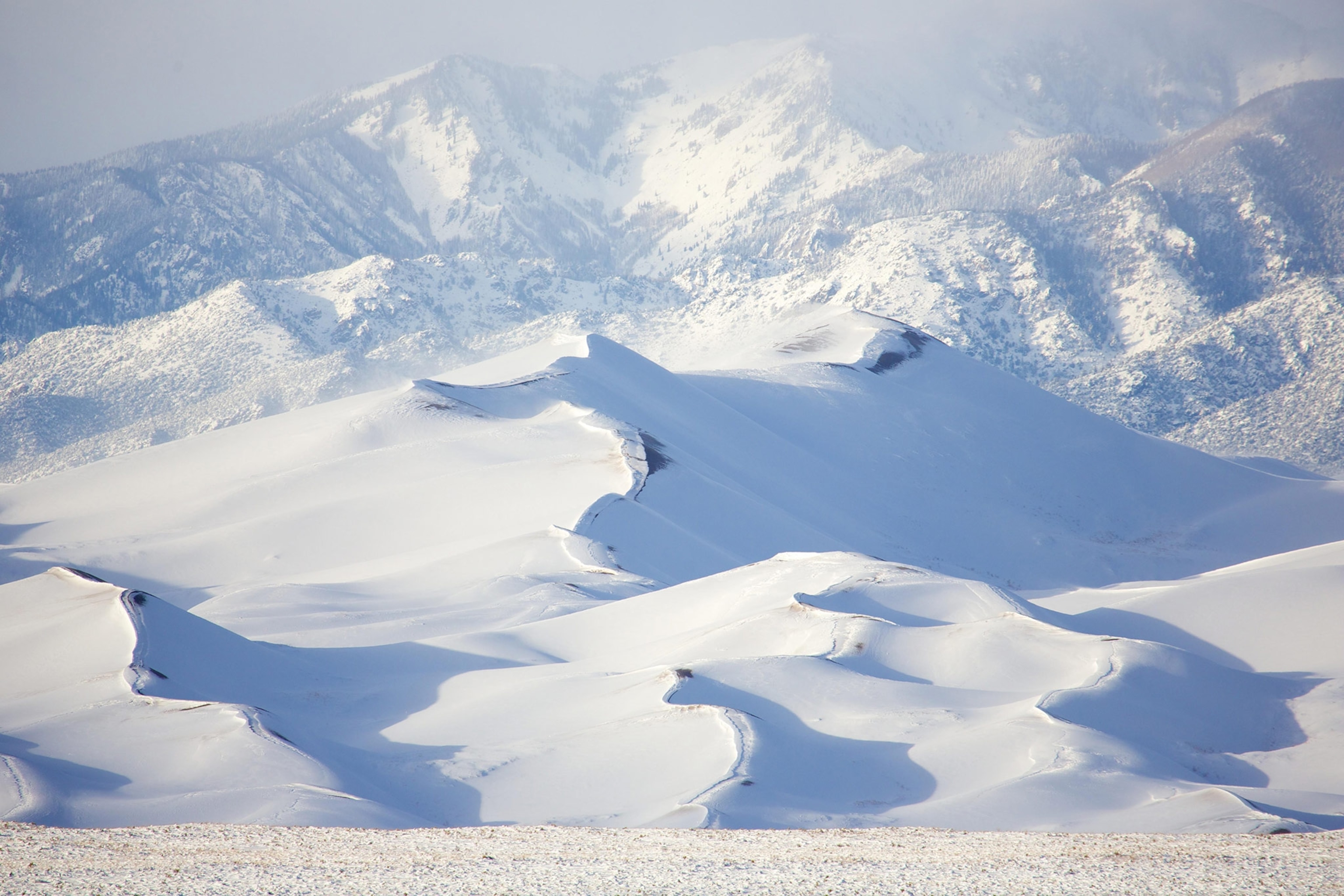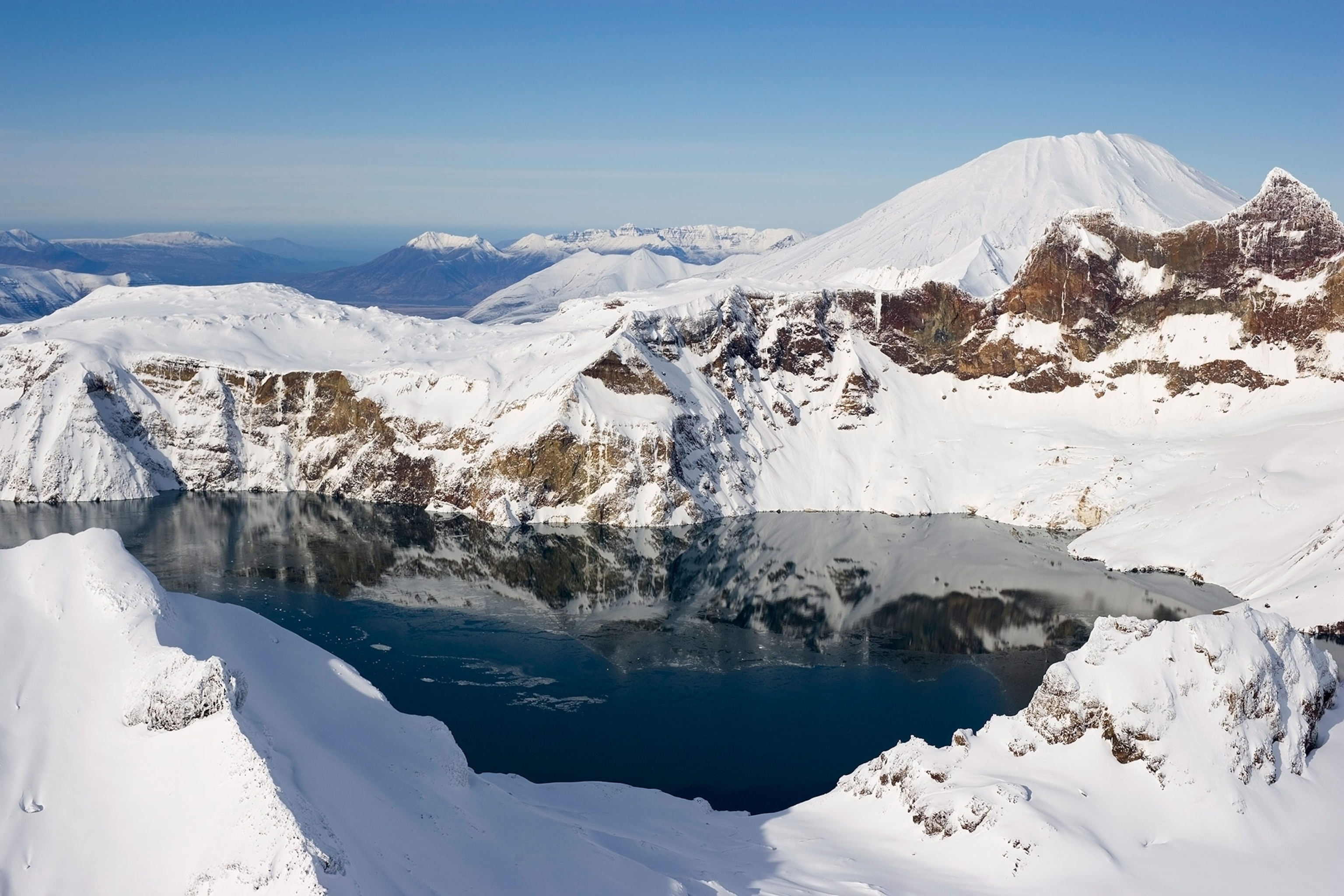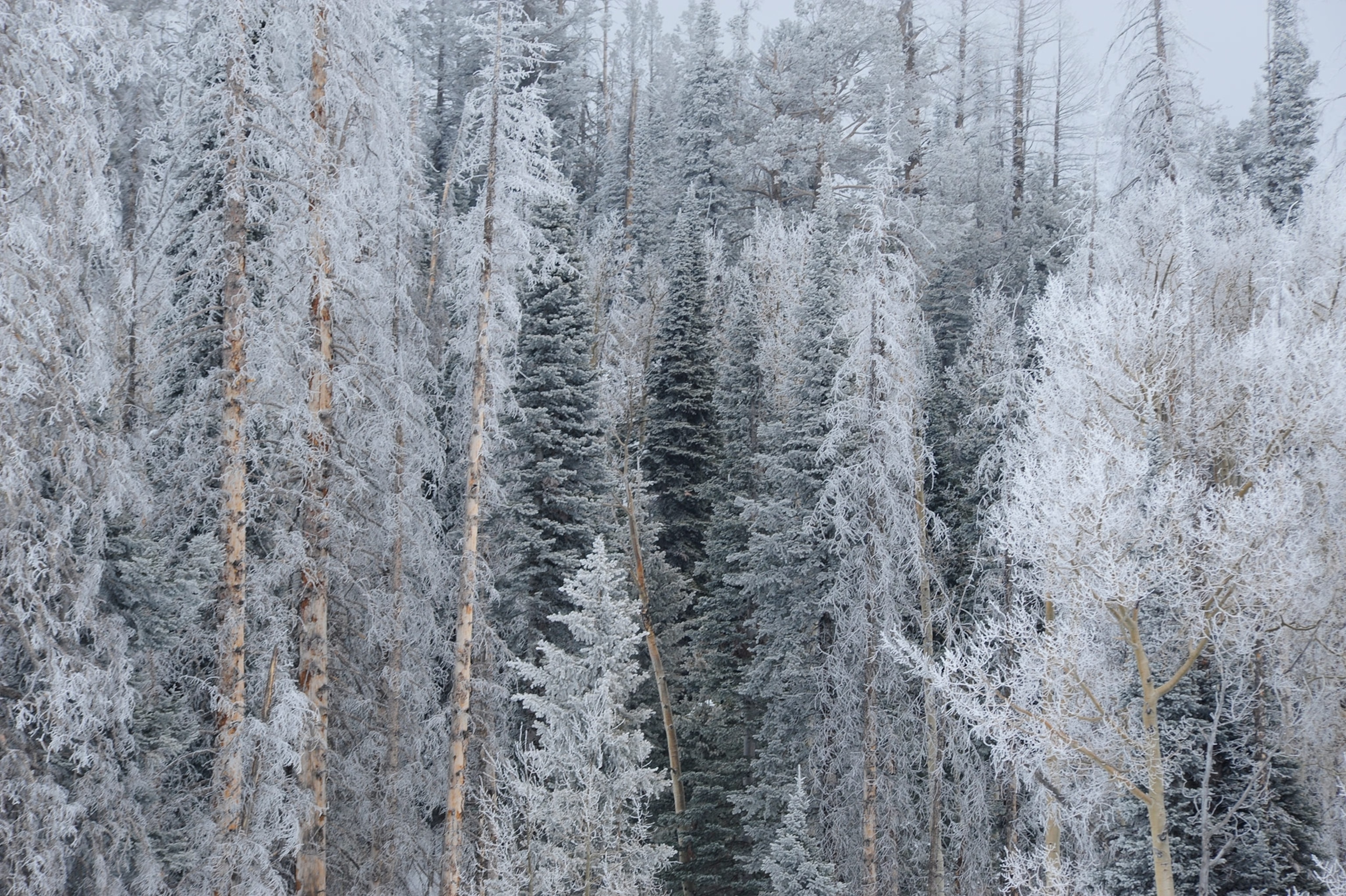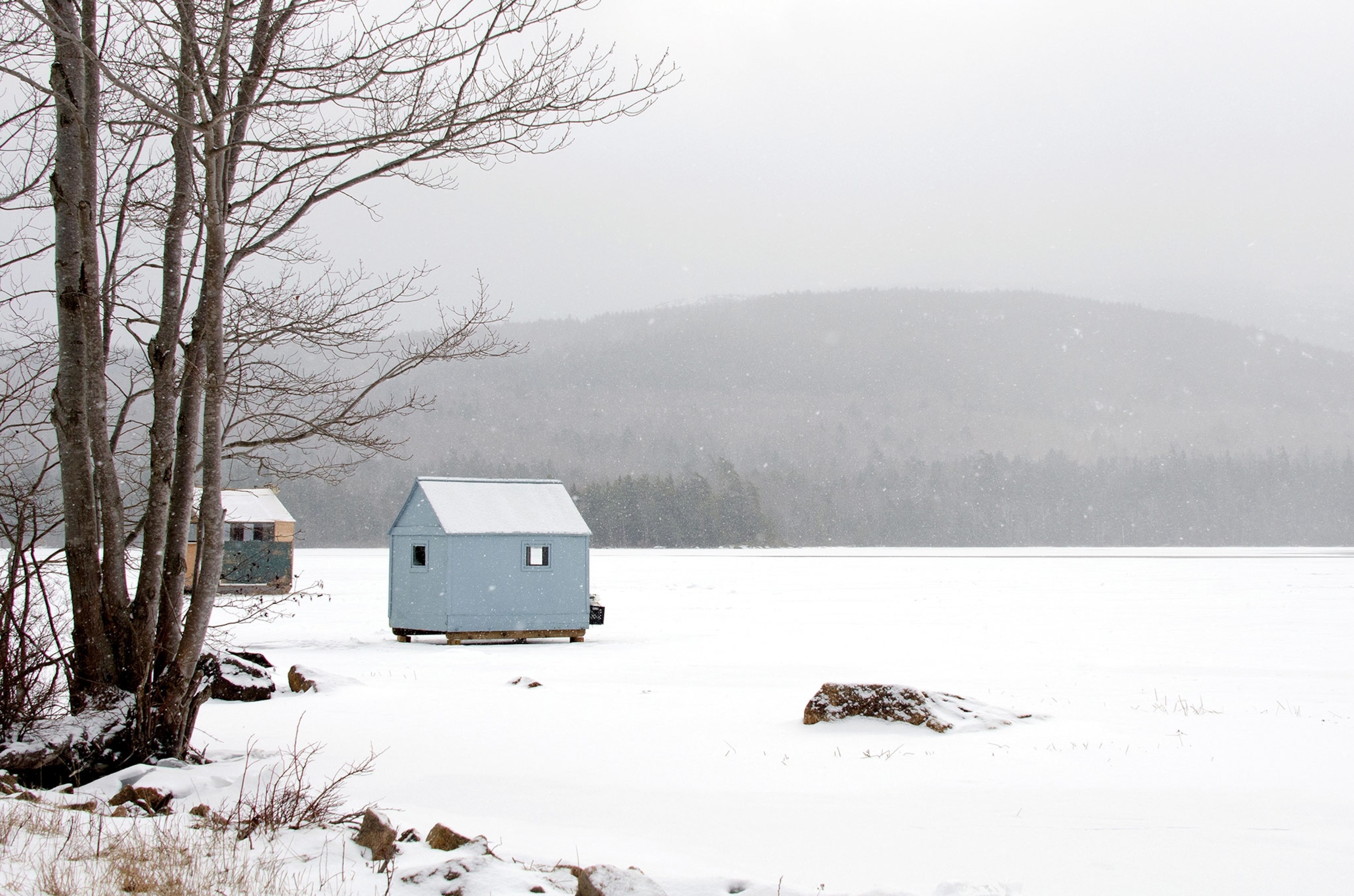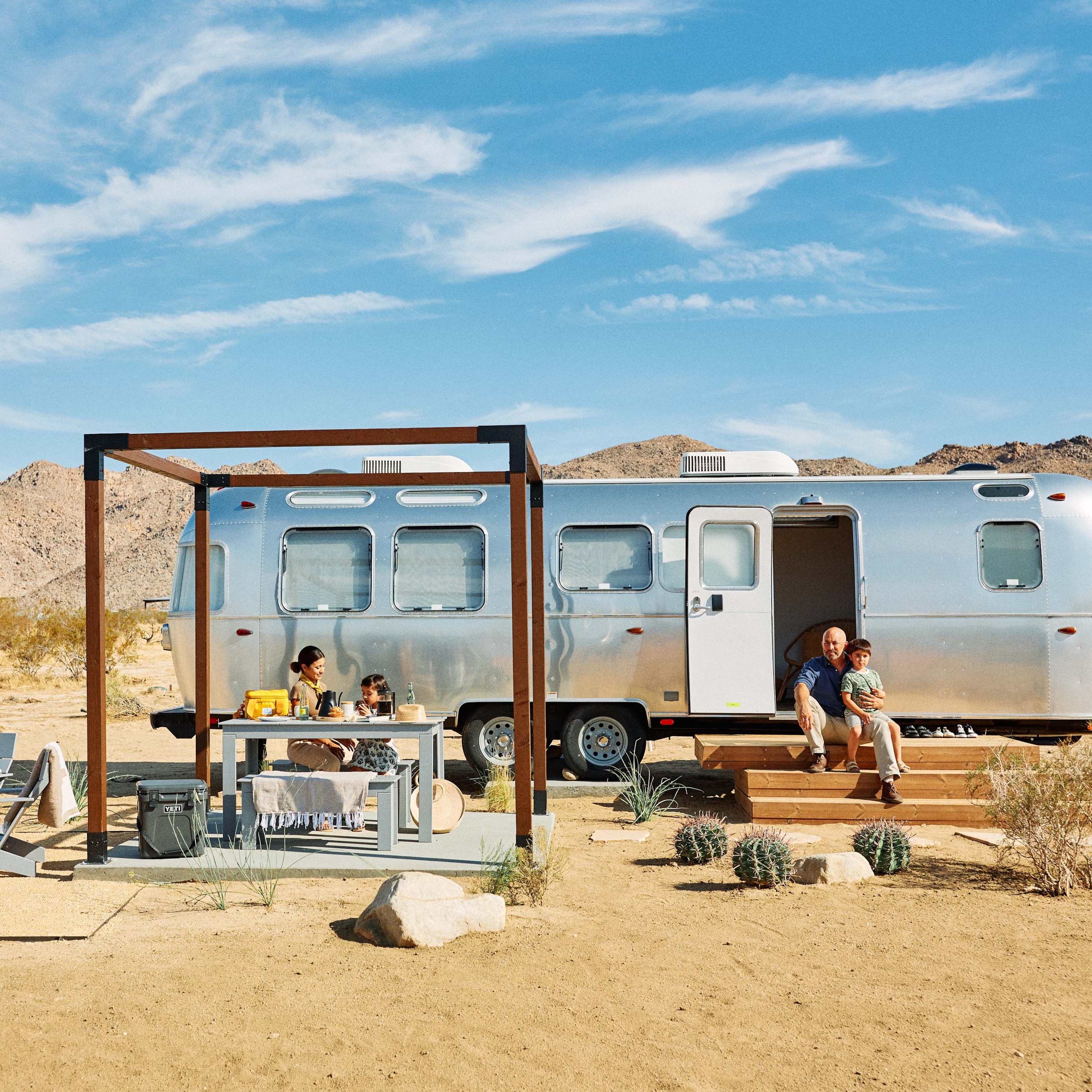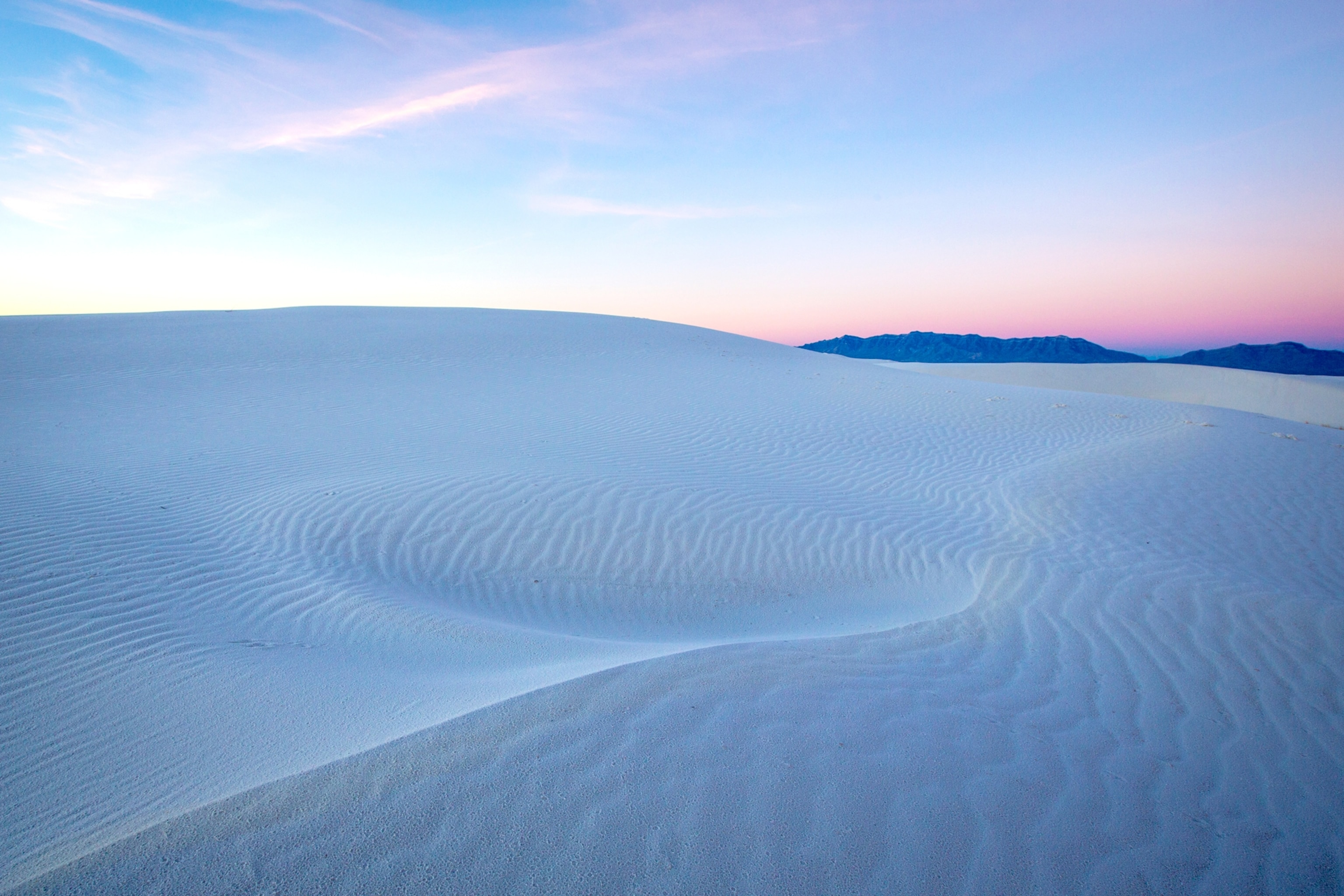
White Sands is the newest national park. These places might be next.
New Mexico’s picturesque preserve won a campaign for federal protection, and others aren’t far behind.
It’s easy to think of national parks as untouchable—grand, immovable fixtures in our natural environment. But in reality, they come and go: some lose their designation, while others are added.
New Mexico’s White Sands National Park hit the big leagues in December 2019, becoming the country’s 62nd national park. It protects the largest gypsum dune on Earth, a remnant of bygone lakes and seas, a 275-square-mile basin that glitters white and stays cool to the touch. Visitors come to cruise the eight-mile Dunes Drive, hike one of the five established trails, or see the soft, translucent sand glow blue-white under a full moon.
But White Sands’s current 600,000 annual guests could prove merely the calm before the storm. The former national monument’s shiny new moniker might now draw the kind of crowds that swamped elder sibling Indiana Dunes National Park after its January 2019 designation. And Marie Sauter, White Sands’s superintendent, explains that visitation increased by an average of 21 percent among eight national monuments in the five years after their redesignation as parks.
So what does this mean for travelers? Get there before the bucket-listers descend—or beat the crowds entirely by visiting parks-to-be. More than a dozen preserves and pristine areas have begun campaigns for national park status, and while the process is far from simple, it likely won’t be long before White Sands is no longer the newest kid in town. These five beautiful spots could one day be national parks—but they’re open for visitors now.
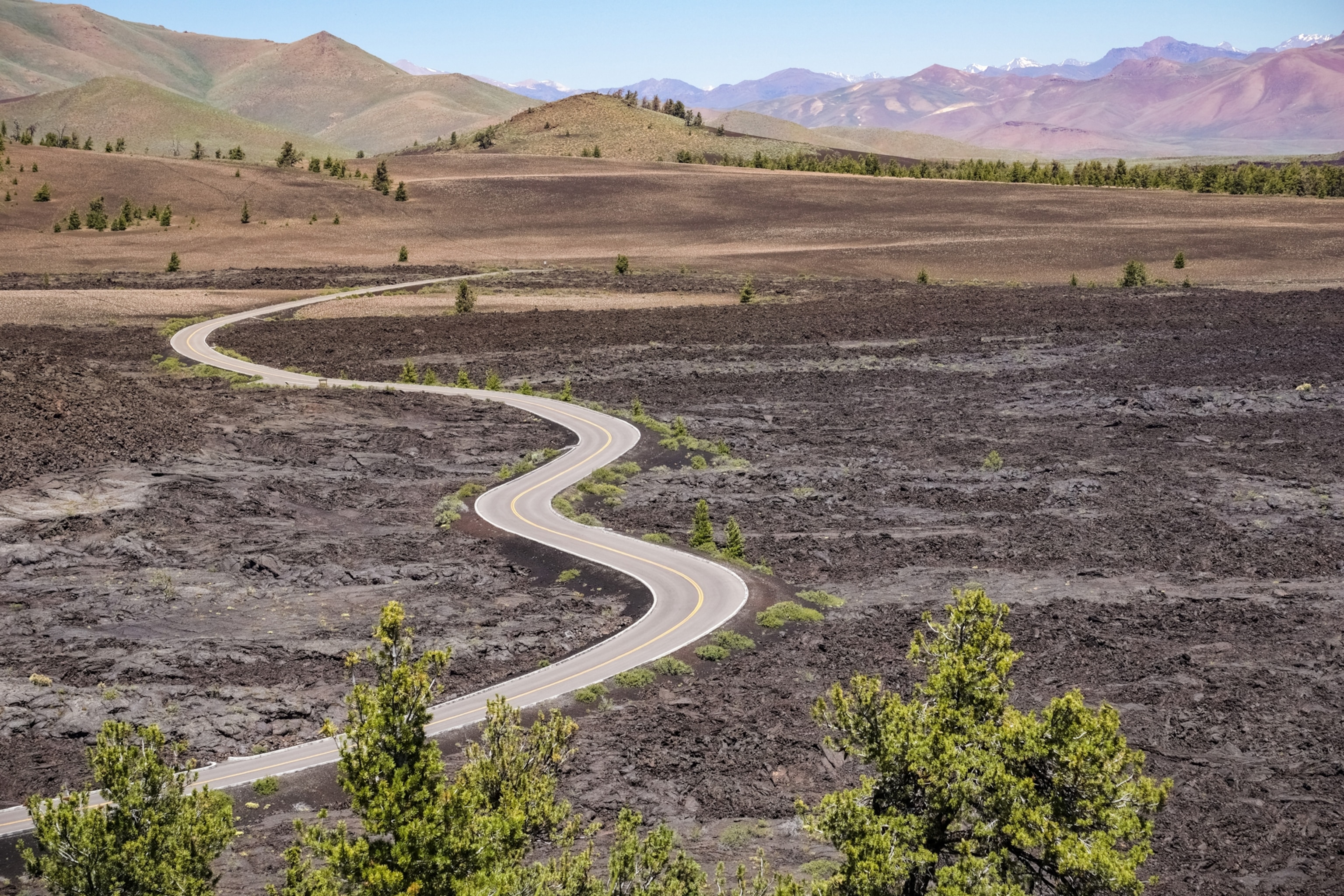
Craters of the Moon National Monument & Preserve, Idaho
As biodiverse as Yellowstone—though only about a third its size—this monument belies its alien name. Its caves, lava flows, cinder cones, and sweeping sagebrush won over President Calvin Coolidge, who created Craters of the Moon in 1916 and who reportedly intended for it to become a national park, says Rose Bernal, Butte’s county commissioner.
But things haven’t quite turned out that way. Though a measure passed unanimously in the state senate, “the speaker of the house wouldn’t assign it to a committee for discussion,” says Bernal, describing opposition from the Idaho Farm Bureau. “In the end it boiled down to an ideological argument, and we decided to halt our efforts.”
Whatever the future holds, Craters of the Moon is worth a lengthy stop. Its 1,100-mile, lava-carved landscape contains plenty of opportunities to hike, cave, and camp “on the moon.”
Driftless Region, Wisconsin/Iowa/Illinois
Over 10,000 years ago, mile-thick ice scraped, scoured, and flattened most of the Midwest—but portions of the Upper Mississippi River Valley survived unscathed, or “driftless.” Here, Paleozoic bluffs, limestone caves, forested ridges, and riparian wetlands provide an unmistakable contrast to the surrounding Plains. The region’s 20,000 square miles also preserve Woodland-period petroglyphs, hundreds of effigy mounds dating back to 500 B.C., one of the world’s oldest rivers, and portions of the unparalleled Great River Road Scenic Byway.
Should Driftless Rivers National Park ever come to fruition—the nonprofit Driftless Rivers National Park Foundation is leading the slow-moving campaign—millions would suddenly find themselves within driving distance of national park territory. For now, Wisconsin’s 1,200-mile Ice Age Trail welcomes any “driftless” hikers to trace its glacial remains.
Atchafalaya National Heritage Area, Louisiana
Ancient live oaks and cypress tunnels. Catfish, crayfish, and braided bayous. Native American, African, Caribbean, and European influences. The country’s largest river swamp is a world unto itself.
Pronounced uh-CHA-fuh-lie-uh (“long river” in Choctaw), Atchafalaya encompasses 14 parishes in south-central Louisiana and shelters two dozen endangered species. Though national parks are absent in both Louisiana and the Gulf region at large, visitors flock to Atchafalaya to paddle, bike, bird, and camp.
Whether national parks are intended to protect valuable ecosystems, culture and heritage, or vulnerable species, Atchafalaya seems to fit the bill. The Lafayette Sierra Club is championing the area’s protection, one measure at a time.
Allegheny National Forest, Pennsylvania/New York
The Allegheny region—the Appalachian foothills of Pennsylvania and New York—is one of the least densely populated areas east of the Mississippi. Countless trails already pass through these hills and waterways, including over 100 miles of the North Country National Scenic Trail, a path that stretches from New York to North Dakota.
The 500,000 acres of protected forest may appear undisturbed at first glance, but few pockets of old-growth forest survived an unbridled logging history. “Allegheny is among the most resource-extracted national forests,” explains Zack/Cora Frank, Allegheny National Park Campaign founder. “Locals rely on the oil, timber, and natural gas that comes from the land.” With technology changing, the campaign hopes to see a national park designation in the coming decades.

Mount Hood National Forest, Oregon
A volcano capped by glaciers, a river gorge sporting 90 waterfalls—these are scenes usually spotted in the country’s best national parks. Just east of Portland, this million-acre forest needs no upgraded designation to attract more than 4 million annual visitors (a number rivaling Yellowstone). On Mount Hood’s flanks, the opportunities for hiking, camping, climbing, biking—maybe even forest bathing—are limitless.
Some may argue that national park status would only spell trouble for the pristine landscape, spreading resources thin with even larger crowds, damaging the land with even more footsteps. Others—like those leading the campaign—may argue that it’s simply logical and, perhaps, a matter of time.
- National Geographic Expeditions

